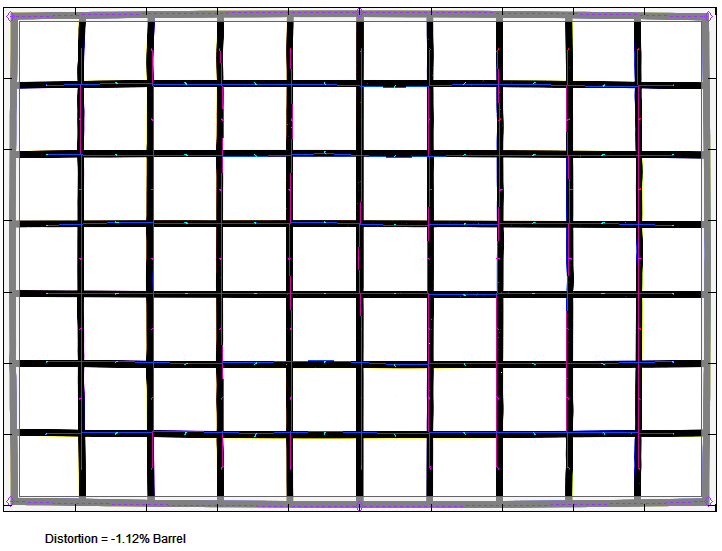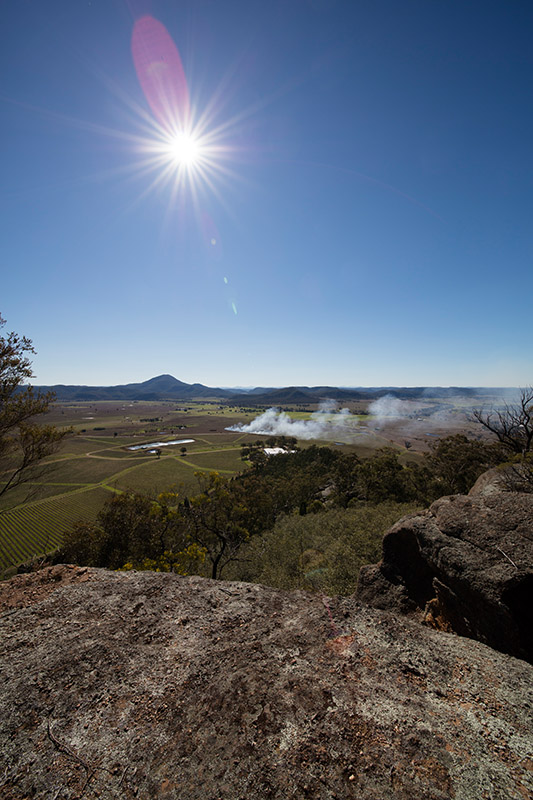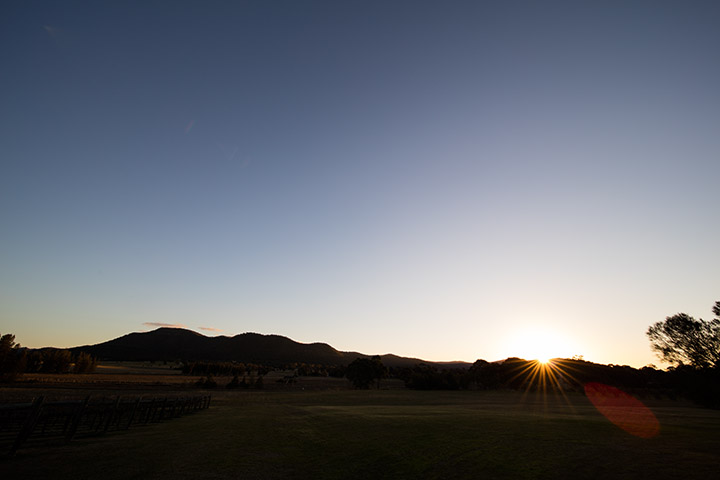|
Laowa 12mm f/2.8 Zero-D (Canon EOS) - Lab Test / Review - Analysis |
|
Lens Reviews -
Canon EOS (Full Format)
|
|
Page 2 of 3

Distortion
Laowa promises zero distortion images. That is stretching things slightly. However, we measured a barrel distortion of just 1.1% which is still minimal for such a lens really. Please note that chart-based testing is limiting the validity of this statement. We had to use a very short focus distance to take the image samples of the distortion chart. The lens may still perform better near infinity focus. In any case it is not much of a deal especially when compared to other lenses in this class.

Vignetting
Very fast lenses suffer from pronounced vignetting at large apertures, and the Laowa lens is no exception to this rule here. Wide open, there is a hefty amount of light fall-off (3.3EV) towards the corners. However, to be fair - we have seen similar results from much longer focal lengths and ultra-wide lenses have a high degree of natural light falloff anyway. The vignetting is substantially reduced at f/4 and well controlled from f/5.6 onward (for such a lens).

MTF (resolution)
The 50mp sensor of the Canon EOS 5Ds R is a torture ground for many lenses so it's no surprise that the Laowa 12mm f/2.8 had some ups and downs here as well. The good news first - the center quality is superb even at f/2.8. The near center performance is pretty decent at f/2.8 and very good at medium aperture settings. The outer image region isn't all that hot at f/2.8 though. Stopping down to f/4 lifts the borders to good levels whereas the corners remain rather soft. There is, however, a substantial boost at f/5.6 with good results even in the image corners. The global peak performance is reached at f/8.
The field curvature is pronounced at f/2.8 and f/4 and it slowly dissolves beyond. The first sample we tested had a centering issue but please remember that we are talking about prototypes here. The 2nd sample was much better. It's worth noting that we were using a much bigger chart size than usual for this specific test (260x180cm) - this is still not perfect for testing such lenses but it improves the validity of the results.
Please note that the MTF results are not directly comparable across the different systems!
Below is a simplified summary of the formal findings. The chart shows line widths per picture height (LW/PH) which can be taken as a measure for sharpness.
If you want to know more about the MTF50 figures you may check out the corresponding Imatest Explanations

Chromatic Aberrations (CAs)
Chromatic aberrations (color shadows at harsh contrast transitions) are well controlled with readings around an average pixel width of 1px at the image borders. The CAs increase substantially in the extreme corners though.

Flare
Ultra-wide lenses are often exposed to back-light due to their immense depth-of-field. Unfortunately the handling of spot light isn't a strength of the Laowa lens. You may spot some heavy ghostings in the images below. This is not unusual but we've seen better lenses here - namely the Canon EF 11-24mm f/4 USM L.
We had a chat about the topic with Laowa. It seems as if the issue is primarily showing up at closed aperture (here: f/8). They are investigating the issue now.


Bokeh
Most Wide-angle lenses tend to have a rough bokeh and the Laowa is no exception to the rule. Below is a sample image taken at f/2.8. Such a busy scene is, of course, rather a stress test.

|